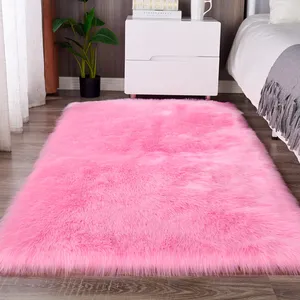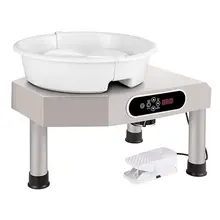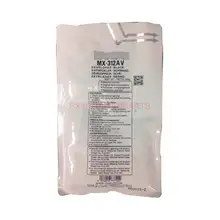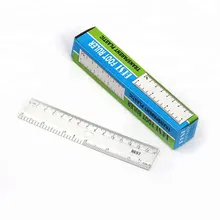अब आप एक ही स्थान पर दुनिया भर के लोकप्रिय किताबों की दुकानों से उल्लेखनीय टुकड़े खरीद सकते हैं। यहां उपलब्ध हस्तनिर्मित कालीन फर्श चटाई के प्रकारों में लोकप्रिय विकल्प शामिल हैं जिनकी मांग होना निश्चित है। शैडो एंड बोन्स, जुगनू लेन, रेडी प्लेयर वन बुक कैटेगरी और कई अन्य किताबें यहां उपलब्ध हैं। आपके ग्राहक विभिन्न लोगों, संस्कृतियों, शादियों, जन्मदिनों, त्योहारों और कई अन्य कार्यक्रमों के बारे में पढ़ सकते हैं। वे आज अपनी आंतरिक दुनिया के विस्तार की खुशियों का अनुभव कर सकते हैं और विभिन्न स्थानों की यात्रा कर सकते हैं क्योंकि वे पर्सी जैक्सन की किताबें, द ग्रेट गैट्सबी, लिटिल वुमन, और बहुत कुछ पढ़ते हैं। जो लोग अधिक कल्पनाशील होते हैं वे हैरी पॉटर एंड फिलॉसॉफ़र्स स्टोन, डिस्कवरी ऑफ़ विच्स और अन्य पुस्तक श्रृंखला जैसी पुस्तकों के साथ कल्पना और जादू की दुनिया में तल्लीन हो सकते हैं। इन ग्राहकों के लिए अपनी बिक्री बढ़ाने के लिए, थोक हस्तनिर्मित कालीन फर्श चटाई खरीदें, जो यहां आयु समूहों और जनसांख्यिकी की एक विस्तृत श्रृंखला की पठन प्राथमिकताओं को पूरा करता है।
थोक हस्तनिर्मित कालीन फर्श चटाई आपके ग्राहकों के घरों या कार्यालयों में भव्यता का स्पर्श भी जोड़ सकता है क्योंकि हस्तनिर्मित कालीन फर्श चटाई खूबसूरती से व्यवस्थित अलमारियों पर बैठते हैं और इंटीरियर का हिस्सा बनते हैं। आज ही अपनी सभी पुस्तकों की खरीदारी पर विशेष डील प्राप्त करें। आज यहां बच्चों और वयस्कों की कल्पनाओं को शिक्षित करने, उनका मनोरंजन करने और उन्हें गति प्रदान करने के लिए पुस्तकें प्राप्त करें। अलीबाबा.कॉम पर हस्तनिर्मित कालीन फर्श चटाई विभिन्न भाषाओं की विस्तृत श्रृंखला खरीदने के लिए अभी खरीदारी करें!









































 浙公网安备 33010002000092号
浙公网安备 33010002000092号 浙B2-20120091-4
浙B2-20120091-4